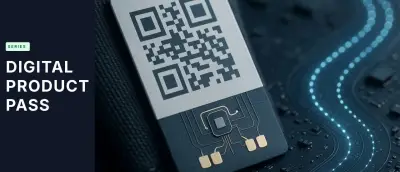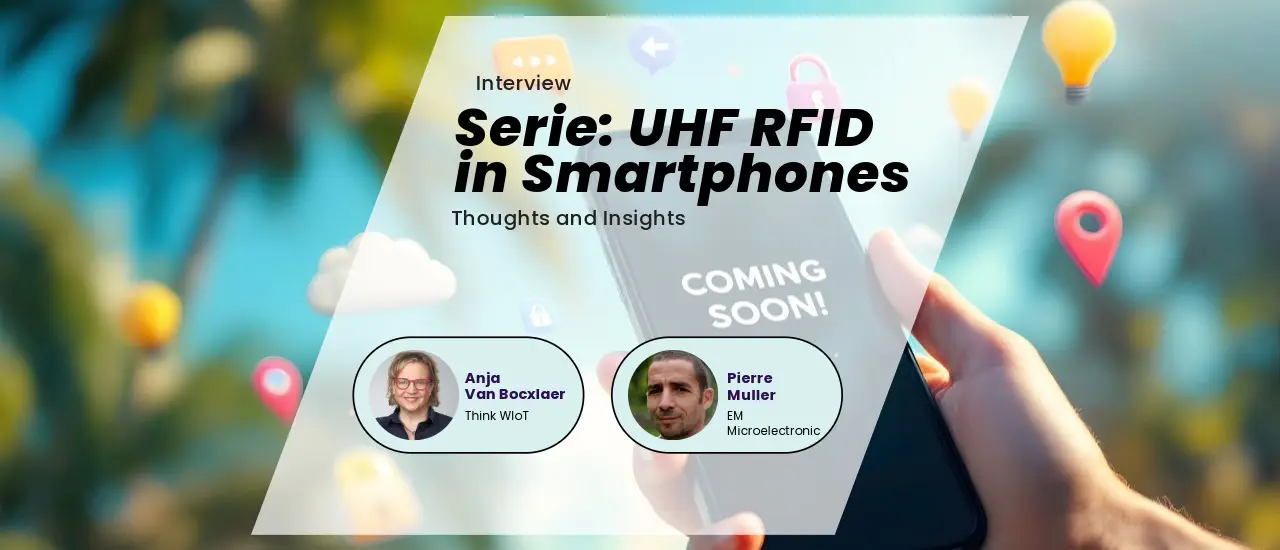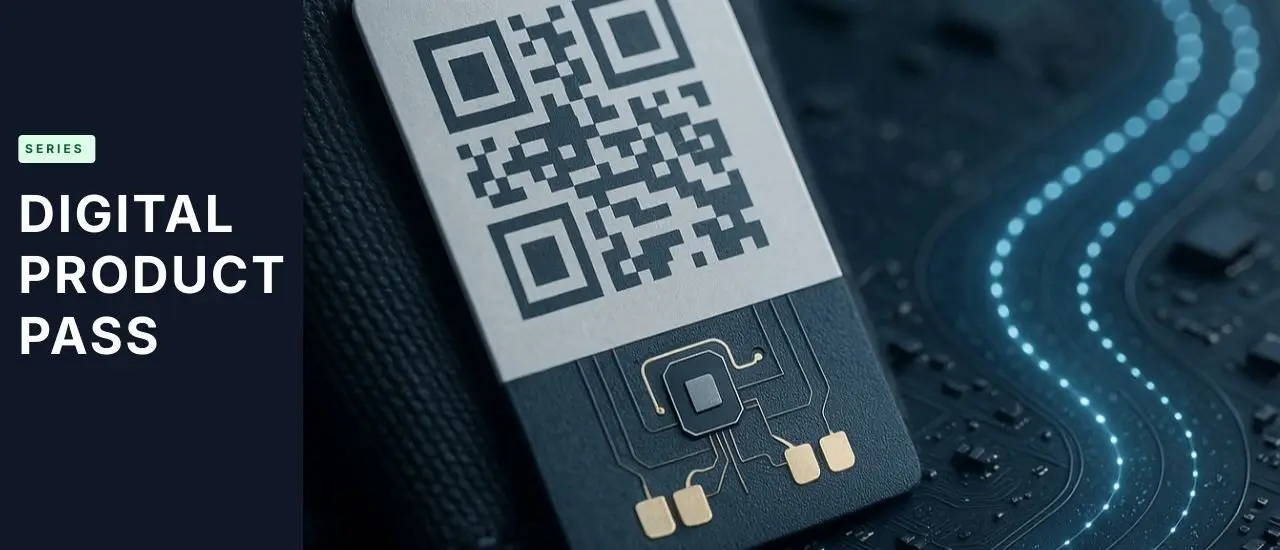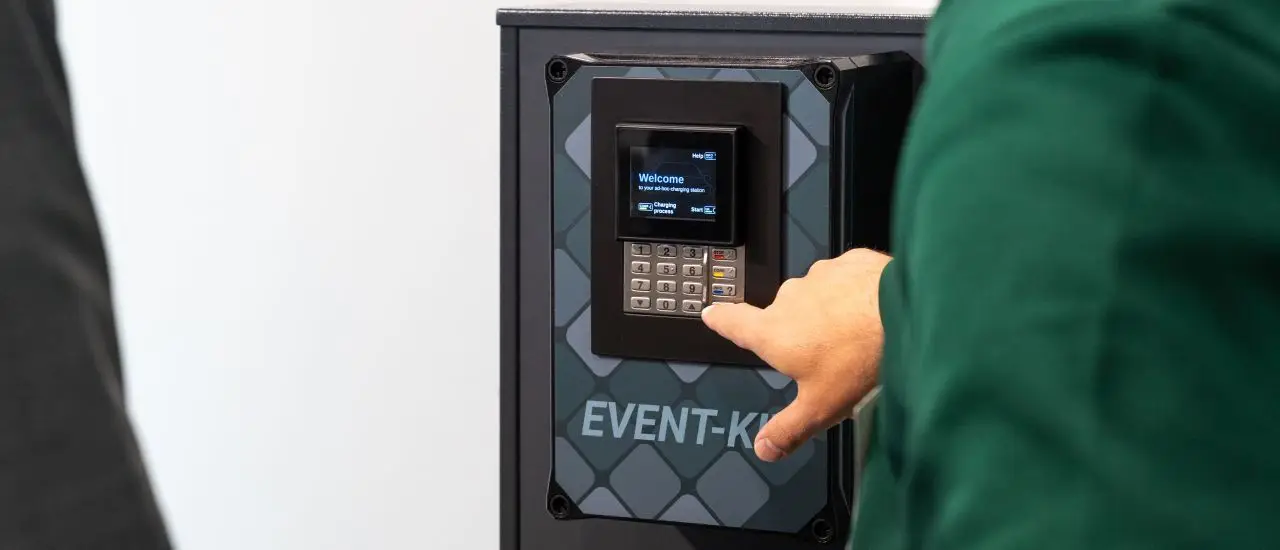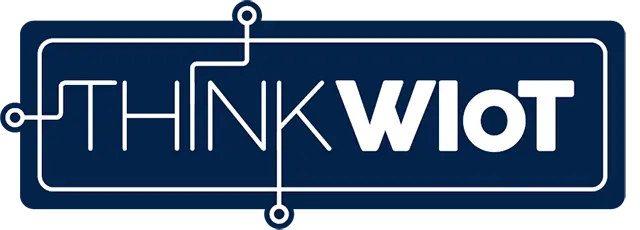1. What do you think about the potential of UHF in smartphones - is it the next big thing or are you more sceptical?
RAIN RFID is the most scalable wireless technology, as evidenced by the 45 billion tags sold last year. One of its few weaknesses is the cost of infrastructure deployment. Integrating RAIN RFID into smartphones offers an efficient solution to this challenge, accelerating adoption and extending its reach.
In addition, it opens up new B2C applications, such as the digital product passport (DPP), further enhancing the technology's potential. If successfully integrated, this innovation could be truly transformative.
2. What technological challenges must be overcome to successfully integrate UHF into smartphones?
To move from successful integration in a few enterprise phones to widespread adoption in all smartphones, we need to address three interrelated challenges: technical, user experience, and business case.

From a technical perspective, large-scale integration will lead to a proliferation of readers. Today's systems are finely tuned for effective reader-to-reader collaboration, but how this will work in a dynamic, mobile environment with personal devices remains an open question. The impact on battery life is always a concern and highly dependent on the use cases being targeted.
Equally critical is the user experience. If the implementation varies significantly from phone manufacturer to phone manufacturer, it could lead to inconsistencies that hinder adoption and limit the technology's penetration into everyday life. Privacy concerns could also be a significant barrier.
Finally, widespread adoption will not happen unless there is a clear business case for handset manufacturers or telecom operators. When NFC was first integrated, its killer app was payment. Yet it took more than a decade - and the introduction of Apple Pay and Google Pay - to achieve global penetration.
3. What is the added value of UHF in smartphones and which target groups or markets will benefit most?
The main added value is the longer reading range and the ability to scan multiple tags in a short time. Use cases range from querying a smart product for information, such as in a digital product passport, to sales and management, smart wardrobes, crowd-sourced object finding, and indoor location systems using static RAIN tags in known locations.
There are a plethora of potential applications, but the key questions remain: Who benefits from this technology and what is the business model? Would the value lie with the end user, the retailer, the smartphone manufacturer, or a third party providing data-driven applications? For smartphone integration to take off, there must be clear value for both the smartphone manufacturer and the end user.
4. How will the adoption of the dual frequency chip develop?
Dual-frequency technology (Chips) is well established and rapidly growing. We introduced the first generation a decade ago and will soon introduce the third generation to meet the scaling requirements driven by digital product passports (DPP) and anti-counterfeiting.
Counterfeiting is a growing challenge in many industries, from retail to pharmaceuticals to automotive parts. The NFC interface is uniquely suited to address this issue as it was originally developed for banking applications. In addition, its role in payments means that NFC readers will remain in smartphones rather than being replaced by UHF readers.
In addition, NFC offers built-in privacy features, and dual-frequency technology allows end users to manage the behavior of the UHF interface through NFC as needed.
Our shared memory architecture simplifies the integration of RAIN and NFC, making it especially valuable in mixed infrastructure environments. The opportunities for DPP are vast, and we expect to see a proliferation of solutions based on either NFC or RAIN.
Our dual-frequency technology bridges compatibility gaps and ensures seamless adoption across use cases. Given these factors, we see a bright future for our dual-frequency technology in the coming years.

Learn more about our dual frequency technology at Think WIoT or contact me. I look forward to hearing from you and will be happy to advise you!
